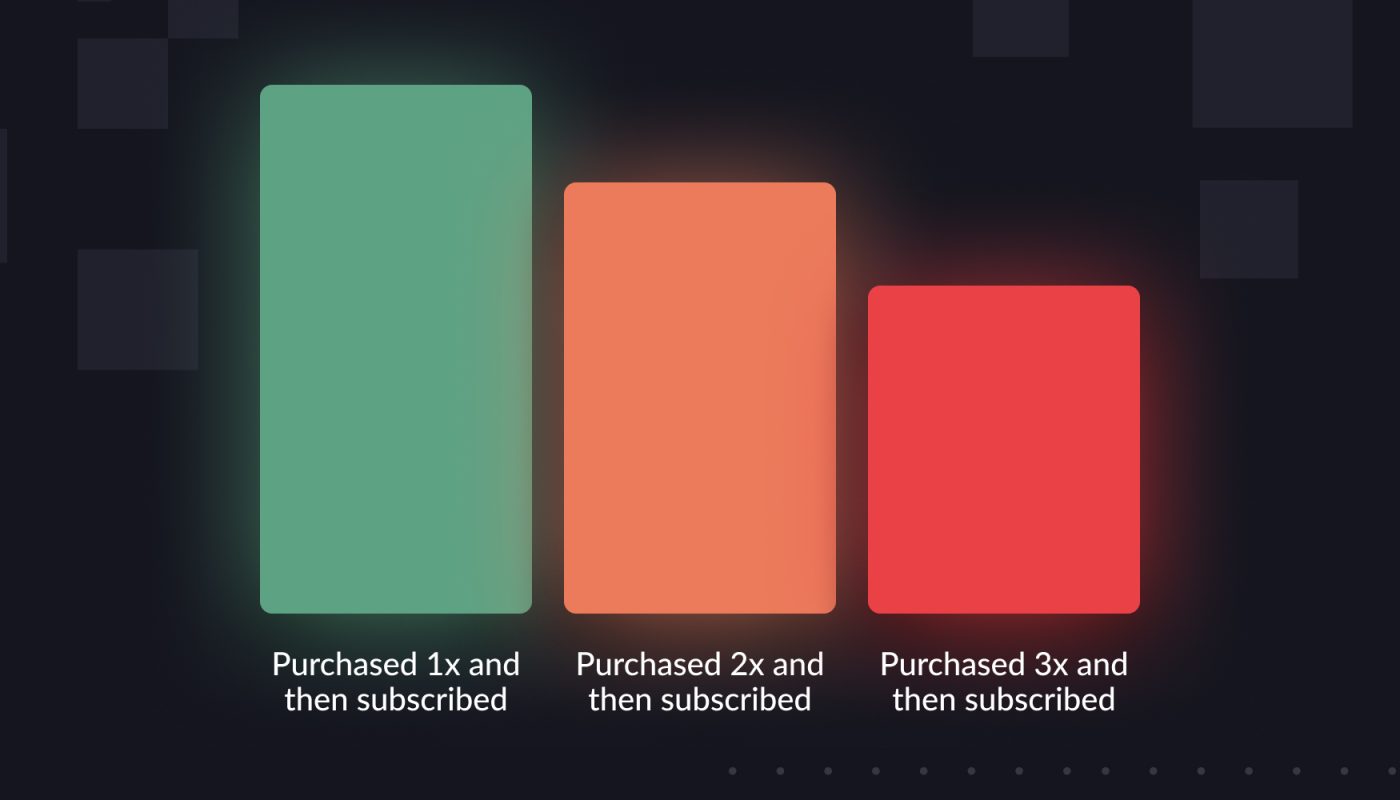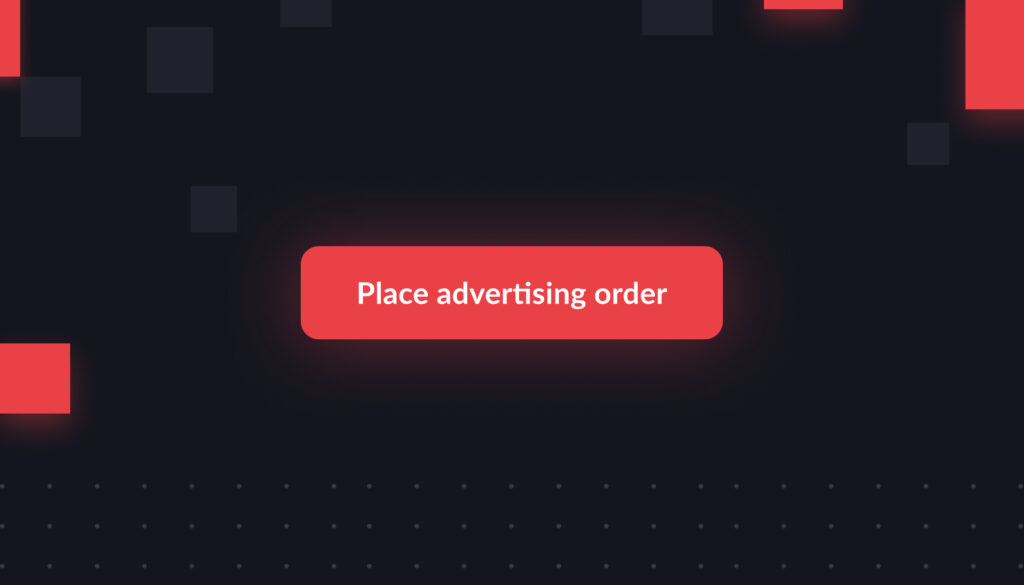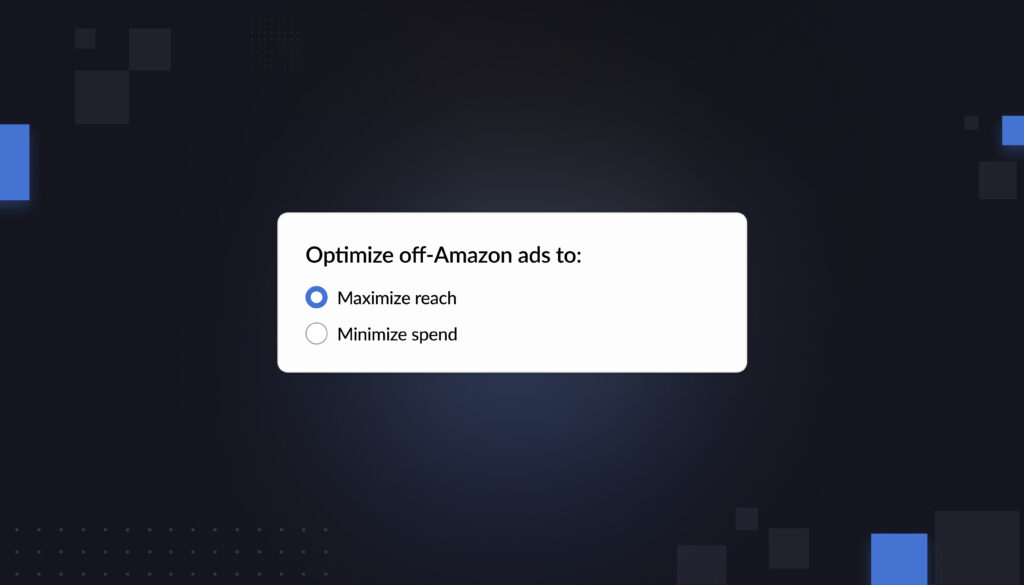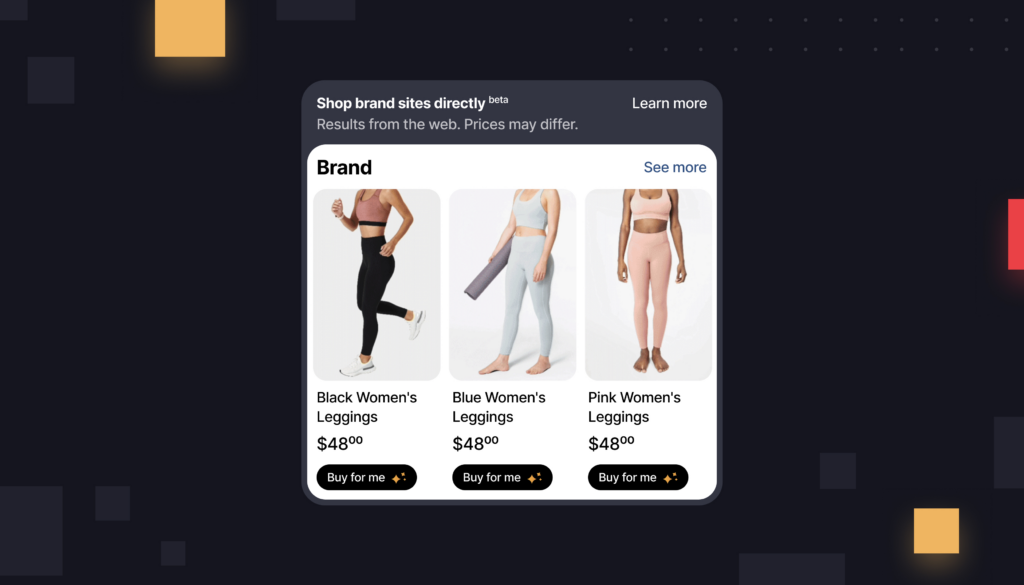For many business owners, one of the big goals of Prime Day is to turn new shoppers into brand loyalists.
One critical metric for success, therefore, is getting new people to Subscribe & Save. The lower profit margin on some products is worth it to you if you can get a bunch of subscribers in the door.
The good news is, this year, the pool of brands who can offer a subscription will be larger than ever.
Whereas Subscribe & Save used to only be available to products enrolled in FBA, now you can offer subscriptions even if you fulfill your own products. Amazon announced this expansion in June.
The expansion of SnS is a big deal. Many brands are currently looking at self-fulfillment, especially in light of Amazon’s new inventory fees. If you like having control over your fulfillment, now you can offer subscriptions on Amazon without needing to give that up.
So, after Prime Day is over, how will you re-engage those new shoppers and turn them into subscribers?
Here are some thoughts.
Start with a simple coupon
One of the simplest ways to convert a subscriber is to offer an extra coupon. Give them a one-time discount in order to encourage them to subscribe.
Worried that shoppers might take that coupon and then immediately cancel their subscription? You probably don’t need to.
Daniel Tejada, co-founder of Straight Up Growth, told us in our recent webinar that this almost never happens. He said, “Most people don’t drop off.” You can rest assured that people will take your discount and stay subscribed.
Figure out which shoppers are most likely to subscribe
If you want to get a little more advanced, you should leverage some light internal research. Ask yourself: How do you know when a shopper is most likely to subscribe to your brand?
Is it after one purchase? Two purchases? Three?
This might seem like a big question that requires a lot of survey work—but really, it’s not. You can answer this in minutes with Amazon Marketing Cloud.
Write a simple query that asks how many people bought 1x and then subscribed vs. 2x and then subscribed (and so on), and then see which group is the largest.
From there, it’s easy to push ads to the shoppers who are most on the precipice of a subscription. If you discover that shoppers who bought from you twice are the most primed to become subscribers, you can simply create a “Purchased once but not yet subscribed” audience in Amazon Marketing Cloud, and then push it to DSP.
You probably know how long the typical refresh rate is for your products—1 month, 3 months, etc.
At that expected interval, run the audience encouraging those shoppers to subscribe.
You can make that audience as granular as you want. Maybe you want it to include just New-To-Brand shoppers who bought from you during Prime Day itself. Easy. Then, a month later, you hit them with an ad to encourage subscriptions.
These and many other subscription audiences are available at no charge in Intentwise Explore, our platform that supercharges AMC, for what it’s worth.
Drill down on how much a subscription is worth to you
Converting subscribers in the months after Prime Day is always going to be a question of ad spend. You need to know: How much is a subscription worth to your brand?
Remember that not all subscribers are the same. Subscribers choose their own frequency of replenishment, and they can cancel at any time.
So figuring out how long the typical subscriber stays on says a lot about how much money you should spend to convert them.
Normally on Amazon, you can’t get info about subscriber longevity. The only way to track how long shoppers stay subscribers is through Amazon Marketing Cloud’s Flexible Shopping Insights data set. AMC recently added the ability to separate out SnS from non-SnS orders.
This allows you to answer all kinds of critical new questions about your SnS performance:
- How long are customers staying subscribed before canceling?
- What is the Customer Long-Term Value of your typical SnS subscriber?
- How does the subscription length vary by ASIN? Which of your ASINs has the highest percentage of sales attributable to Subscribe & Save?
When evaluating your subscriber growth strategy, answering these questions is essential.
What if I don’t want to drive subscriptions to Amazon?
Of course, some brands might prefer to push potential subscribers not to Amazon but to their DTC site.
To do that, you’re probably going to look into Google and social ads, not Amazon ads.
But Amazon ads can help you ensure that you don’t accidentally refer DTC shoppers to Amazon.
For instance, if you upload your 1P signals into AMC, you can quickly exclude shoppers who already bought from your DTC site from your DSP campaigns.
That way, you can run an Amazon DSP campaign encouraging subscribers while being sure that you aren’t accidentally reaching people who already buy from your DTC site. Get net new subscribers without cannibalizing your DTC sales.








